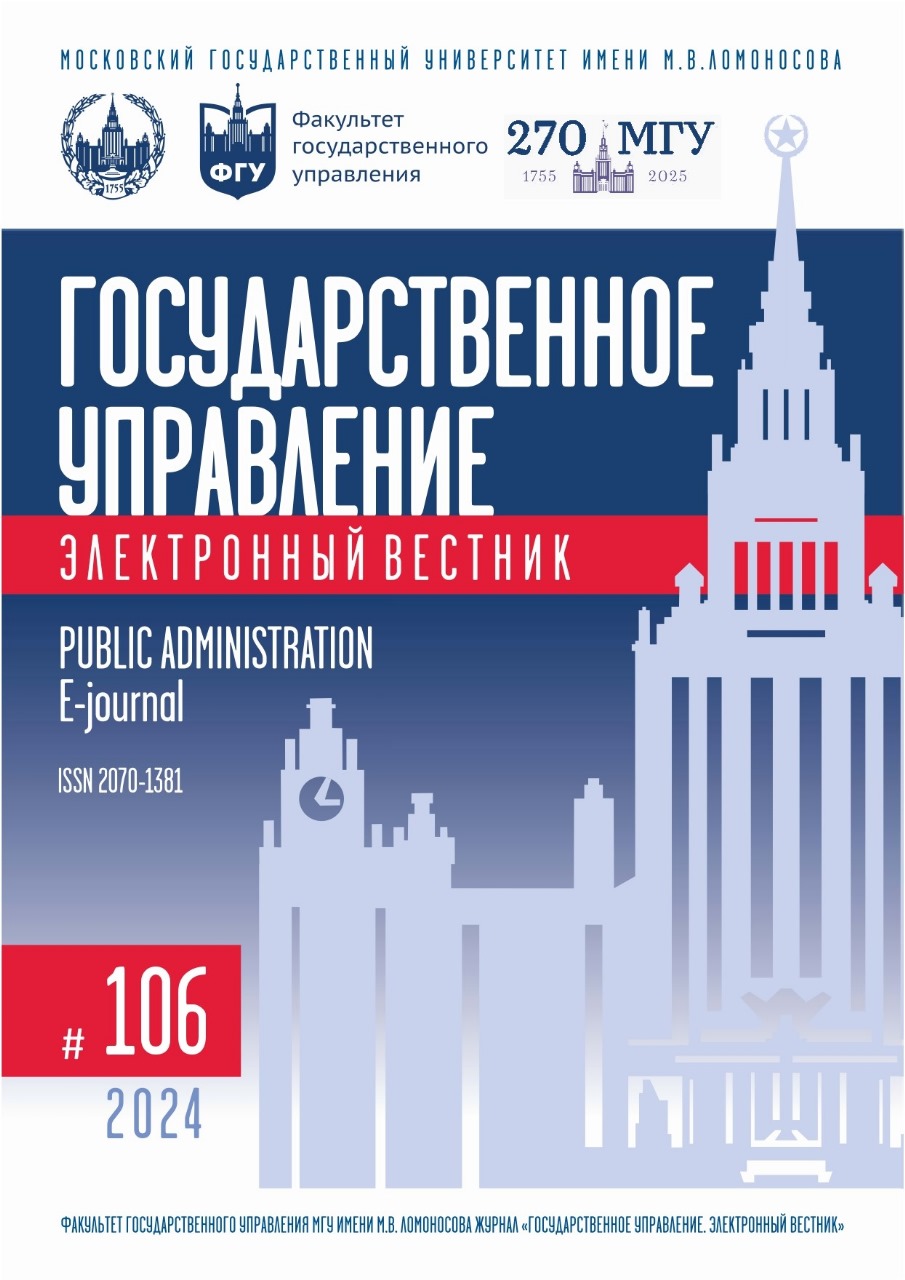Approaches to Identifying and Conceptualizing Latent Sphere of Politics
Keywords:
Latent sphere, public sphere, latent phenomena, interests, politics.Abstract
The article deals with hidden (latent) phenomena of politics, which may influence process of actors’ involvement into political interaction and taken by them decisions, as those remain to be not enough studied in modern science. Once consider a wide variety of academic papers from previous decades and different spheres of social science, it gets quite clear that there was rather permanent research interest for discovering the real role and various forms, through which the mechanisms for latent influencing state and its institutions can evolve. The factor of publicity, which turns to be on the one hand a key attribute for modern political reality, and on the other hand an element of social legitimizing relevant political actors’ intentions and efforts, causes some kind of watershed between a widely studied public sphere and a usually left aside from the positivistic-bound social knowledge latent sphere. The article analyses widely used notions of informality, unpublicity, shadow character of the taken within political dimension actions, which may be involved for describing corresponding facts appearing out of the immediate social control. Specific attention is paid to arguing the terminology of latency, which author finds more appropriate to characterize as a whole all the relations resulted from the close interests and their fulfilment among political actors as well as predetermined regeneration for the specific sphere of their (actors) secret interacting — the latent sphere of politics. On the basis of comparing different approaches appearing in actual theoretical discourse to rendering not proclaimed goals and mechanisms for political self-presentation by participants of modern power relations it develops some basic parameters to distinct latency, latent phenomena and latent sphere in modern political reality.
References
Аверина О.М. Политический интерес как превращенная форма социально-экономического интереса // Московский экономический журнал. 2022. Т. 7. № 9. С. 727–737. DOI: 10.55186/2413046X_2022_7_9_539
Барсукова С.Ю. Теневая экономика и теневая политика: механизм сращивания. Препринт WP4/2006/01. М.: ГУ ВШЭ, 2006.
Буханцова А.В. Проблема соотношения национального и политического интереса // Международный журнал гуманитарных и естественных наук. 2021. № 6–2. С. 66–69. DOI: 10.24412/2500-1000-2021-6-2-66-69
Гибсон У. Факторный, латентно-структурный и латентно-профильный анализ // Математические методы в социальных науках / под ред. П. Лазарсфельда, Н. Генри. М.: Прогресс, 1973. С. 9–41.
Журавлева Т.А. Латентные сети в публичной политике // Власть. 2016. Т. 24. № 6. С. 22–28.
Комаровский В.С. Некоторые проблемы измерения социальных установок // Вопросы философии. 1970. № 7. С. 24–31.
Коньков А.Е. Латентное пространство публичной политики в современном государстве: в поисках теоретической модели. М.: Аргамак-Медиа, 2021.
Кочедыков И.Е. Феномен клиентелизма в молдавской политике // Постсоветские исследования. 2024. Т. 7. № 2. С. 203–215.
Лебедева М.М. В поисках нового мирового порядка: интересы акторов мировой политики // Политическая наука. 2024. № 2. С. 102–123. DOI: 10.31249/poln/2024.02.05
Мельников К.В. Бюрократический патронаж и паттерны административного рекрутирования региональных элит в России: опыт сравнительного сетевого анализа // Политическая наука. 2021. № 4. С. 210–238. DOI: 10.31249/poln/2021.04.09
Моляренко О.А. Теневое государственное и муниципальное управление // Мониторинг общественного мнения: Экономические и социальные перемены. 2016. № 3(133). С. 119––132. DOI: 10.14515/monitoring.2016.3.06
Номоконов В.А., Филиппов В.В. Теневое государство и преступность // Криминальные реалии, реагирование на них и закон / под ред. А.И. Долговой. М.: Российская криминологическая ассоциация, 2018. С. 18–26.
Рассел Б. История западной философии. В 3 кн. Новосибирск: Сиб. унив. изд-во, 2003.
Сергунин А.А. Суверенитет: эволюция концепта // ПОЛИТЭКС. 2010. Т. 6. № 4. С. 5–21.
Скоробогатова А.В. Институциональная коррупция в государственном управлении: модели и практики // Государственное управление. Электронный вестник. 2019. № 75. С. 86–100.
Соловьев А.И. Квазиполитические системы в пространстве современного государства: социальные и политические последствия // Политическое в условиях цифровых трансформаций: Материалы Всероссийской научной конференции (с международным участием) «Политическое в условиях цифровых трансформаций: философия, наука, технологии». М.: Аспект-Пресс, 2022. С. 129–143.
Соловьев А.И. Латентные структуры управления государством или игра теней на лике власти // Полис. Политические исследования. 2011. № 5. С. 70–98.
Соловьев А.И. Политика и управление государством. Очерки теории и методологии. М.: Аспект Пресс, 2021.
Цыганков П.А. Глоссарий. Н — национальный интерес // Россия в глобальной политике. 2020. № 1. С. 119–123.
Axelrod R. An Evolutionary Approach to Norms // The American Political Science Review. 1986. Vol. 80. Is. 4. P. 1095–1111.
Bobbio N. The Future of Democracy. Cambridge: Polity, 1980.
Easton D.A Systems Analysis of Political Life. New York: Wiley, 1965.
Helmke G., Levitsky S. Informal Institutions and Comparative Politics: A Research Agenda // Perspectives on Politics. 2004. Vol. 2. Is. 4. P. 725–740.
Landauer T.K., Foltz P.W., Laham D. An Introduction to Latent Semantic Analysis // Discourse Processes. 1998. Vol. 25. Is. 2–3. P. 259–284.DOI: 10.1080/01638539809545028
Lazarsfeld P. A Conceptual Introduction to Latent Structure Analysis // Mathematical Thinking in the Social Sciences / ed. by P. Lazarsfeld. Glencoe: Free Press, 1954. P. 349–387.
Ledeneva A. Unwritten Rules. How Russia Really Works. London: Center for European Reform, 2001.
Magidson J., Vermunt J.K. Latent Class Models // Handbook of Quantitative Methodology for the Social Sciences / ed. by D. Kaplan. New York: Sage, 2004. P. 175–198.
Merton R.K. Social Theory and Social Structure. Glencoe: Free Press, 1957.
North D. Institutions, Institutional Change and Economic Performance. Cambridge: Cambridge University Press, 1990.
Panayotou T. Demystifying the Environmental Kuznets Curve: Turning a Black Box into a Policy Tool // Environment and Development Economics. 1997. Vol. 2. Is. 4. P. 465–484.

